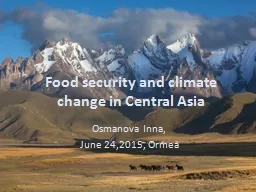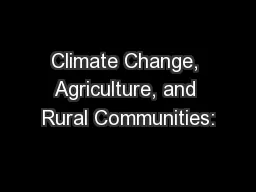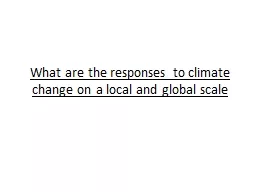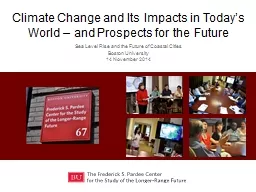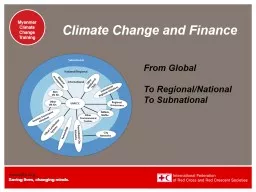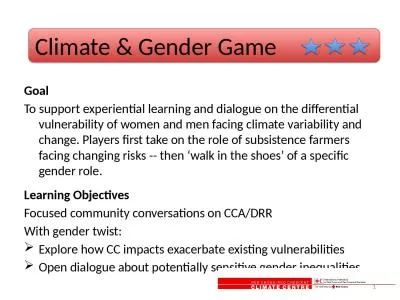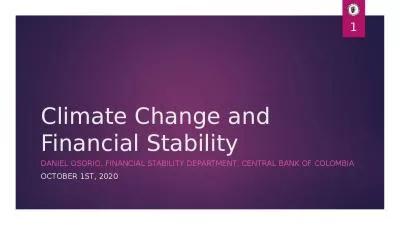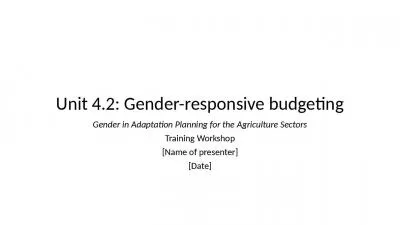Gender and Climate Change Anju Sharma and Achala
Author : liane-varnes | Published Date : 2025-06-23
Description: Gender and Climate Change Anju Sharma and Achala Chandani 11 July 2012 european capacity building initiative initiative européenne de renforcement des capacités ecbi for sustained capacity building in support of international climate change
Presentation Embed Code
Download Presentation
Download
Presentation The PPT/PDF document
"Gender and Climate Change Anju Sharma and Achala" is the property of its rightful owner.
Permission is granted to download and print the materials on this website for personal, non-commercial use only,
and to display it on your personal computer provided you do not modify the materials and that you retain all
copyright notices contained in the materials. By downloading content from our website, you accept the terms of
this agreement.
Transcript:Gender and Climate Change Anju Sharma and Achala:
Gender and Climate Change Anju Sharma and Achala Chandani 11 July 2012 european capacity building initiative initiative européenne de renforcement des capacités ecbi for sustained capacity building in support of international climate change negotiations pour un renforcement durable des capacités en appui aux négociations internationales sur les changements climatiques Women have a key role in ensuring energy supply and security at the household level; carbon capture, fixing or sequestration through forestry/ REDD; and sustainable consumption. Both women and men are affected by climate change, but existing inequalities determine who is most affected. Women tend to have limited access to (physical, financial, human, social, natural capital) assets such as land, health care, food, education, training, knowledge, credit, agricultural inputs, technology, and decision-making power. Climate change exacerbates the condition of women, and their ability to deal with it. Men and women have different needs and interests in mitigation and adaptation efforts. For instance, every aspect of technological intervention including needs, information, enabling environments, capacity building and technology transfer has a gender component which will affect its final outcome. Women bring unique perspectives and knowledge essential for climate change solutions. 70% of those who live on less than a dollar a day are women, as are 75% of the illiterate adults in the world. In developing countries, women produce 60-80% of the food despite their lack of access to farmland, low level of technological training and knowledge, and lack of financial assistance. An analysis of credit schemes in five African countries found that women received less than 10% of the credit awarded to male smallholders. During the Bangladesh cyclone of 1991, early warning signals did not reach large numbers of women because information was passed through market places, to which many women do not have easy access. Of the 140,000 people who died, 90% were women. Thousands of women technicians have been trained by Grameen Shakti in Bangladesh, to install, manage and repair solar home systems. They have been instrumental in the rapid take-up of solar power systems in the country. A World Bank review of 121 rural water supply projects found that women’s participation was among the variables strongly associated with project effectiveness. Failure to take gender differences and inequalities into account could result in failed projects. Yet, women are under-represented in global and national climate-related planning and decision-making processes, limiting their capacity to engage in political decisions and eventually in implementation.

